|
This project has been such a great learning experience for me, I started it on a whim in March 2016 while out watching for wildflowers (which in and of itself turned out to be an amazing independent study for me). I walked the same trail every day for a full month observing changes, growth, erosion, watching how winter changes to spring, spring to summer, summer to fall, and fall back to winter. It opened my eyes to the life-cycles of plants - what ones bloom and die (like the dutchman's breeches), what ones stay long after their blooms (like the bloodroot and wild ginger leaves), what ones come along much later in the season but certainly claim their place (like the bedstraw, nettles, and goldenrod). It amazed me just how abrupt the seasons do change, from May to June the whole forest turned green, then from October to November it all disappeared. Below is a collage of each month's view of the trail - click on each picture to be taken to that month's post. I want to thank you all for following along on this project, I hope you got as much out of this as I have (or even if it merely inspired you at all to go outside and explore your world, I'd call that a win!). February's HikeFebruary's hike was a fantastically snow covered one,
the early morning snow still clinging to the trees, for just one moment the world was quiet and calm.
0 Comments
After yesterday's warm temperatures and heavy rains, all signs of winter's snow have been erased. It was beautifully brisk with mounds of ice needles protruding from the ground. The rains cut a channel down the path, pooling in areas, falling in others. It's a good reminder to wear proper footwear and stay on the path (remember how eroded the trail became in April?). With the quiet surrounding, you can really take in the shapes of the trees, how some branch regularly yet others have a few sturdy limbs, the silhouette of the tree in winter is something to pause upon and take in.
Can you even believe it's already been a month? Today's trek was nice, the smell of freshly fallen leaves, the sounds of the crunching underfoot, the birds flitting about as if it were springtime again.
At this point on the Trillium hill, most of the plants have withered away, receeding into their winter home under a blanket of leaves. The majority of the remaining green (besides the evergreen 'christmas' ferns) can be found in the waterleaf, holding on as best it can, and the blue stemmed goldenrod or wand goldenrod which has gone to seed. Once more the pines in the distance are quite visible, as are the fallen trees. What an interesting experiment this has been! This time of year walking around cool damp woods near creeks or streams you might catch a glimpse of a shiny, bright yellow little (about 1inch) flower hidden amongst the old leaves and beginnings of new plant growth. This is more than likely a Swamp Buttercup - Ranunculus septentrionalis (or if it's taller and the stem is covered in bristles, a Bristly Buttercup or Ranunculus hispidus) Some other common names: Bachelor Button, Blister Plant, Bristly Buttercup, Butter Daisy, Crazy Weed, Crowfoot, Gold Knot, Hispid Buttercup, Marsh Buttercup, Northern Swamp Buttercup, Pilewort, Rough Buttercup, Spearwort, Swamp Crowfoot, and Three-leaved Buttercup, Three-leaved Crowfoot, Wood Buttercup. Folklore: Swamp Buttercup, as well as other members of the Genus Ranunculus, had some folklore associated with this plant. The name of Ranunculus may have also originated from a Libyan boy of that same name. This boy wore green and yellow silk and liked to sing. One day, some wood nymphs got tired of his singing and turned him into a flower. Swamp Buttercup had other stories as well. Farmers sometimes rubbed the yellow flowers over the cows’ udders or hung the flowers over their barn doors in hopes of producing golden yellow cream. If a person placed one of the yellow flowers under their smooth chin and it reflected the flower’s glow, then that person loved butter. Some people believed that smelling the flower or placing it next to your neck under a full moon would drive you insane. Flowers photographed at Wooster Memorial Park March 29 and 31st 2016
Spring is a great time of year to explore your parks; watching the slow progression from brown to green to bloom. I'm making a point of walking the Trillium Trail every day to find the first trillium bloom. Day 1, if you look close beneath the leaves there's a bright green world waking.
Back on February 8th we got a beautiful icy snow layer, the first in a while. As soon as I bundled up in layers I made a b-line to the park. The snow came down in the big beautiful flakes. The wind nipped my nose. Alone in the park I could hear every creak of the trees, every flake of snow landing on each leaf. It was a magical morning. There's something about cutting out a few hours for yourself that can be so rejuvenating.
To allow your mind to wander and sort. To breathe in the fresh air. To gaze upon trees much older than you that will, more than likely, outlive you. I find walking (along with other various exercises) has given me more energy, helped me think clearer (and analyze things in a productive positive light), and I have started sleeping through the whole night. There's many reasons for people to walk... for health, for meditation, for exercise, for pets it doesn't matter what your reason is, as long as you do it! |
AboutSince 2015 we have been exploring and sharing all the amazing things we’ve found in nature. AuthorEmily is an Ohio Certified Volunteer Naturalist who is most often found out in the woods. Archives
June 2024
Categories
All
|
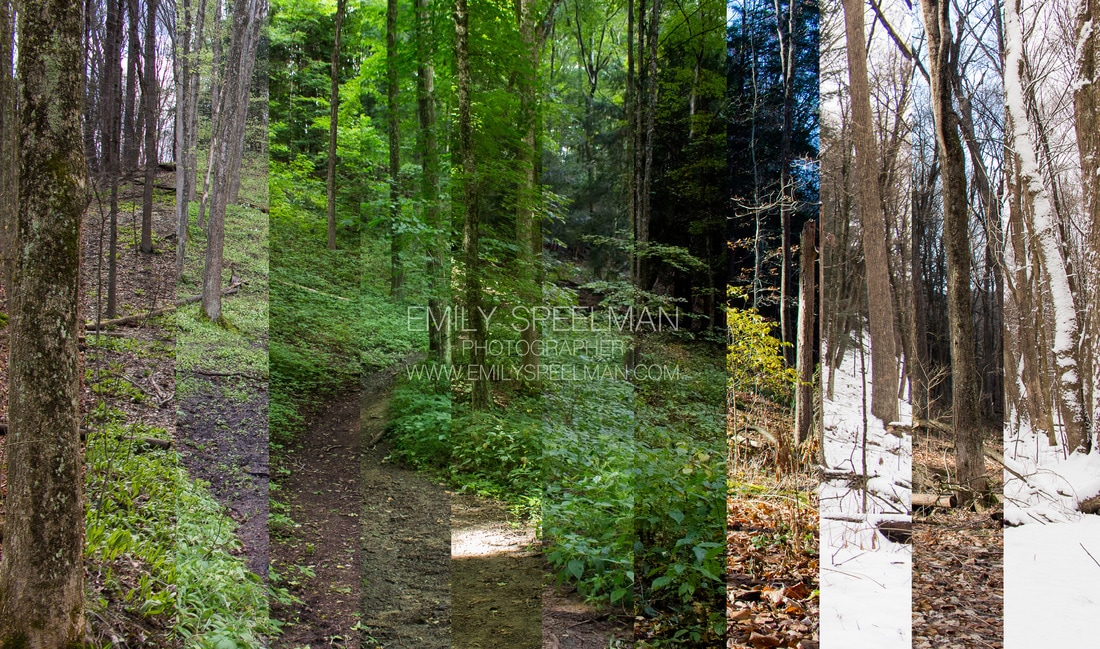
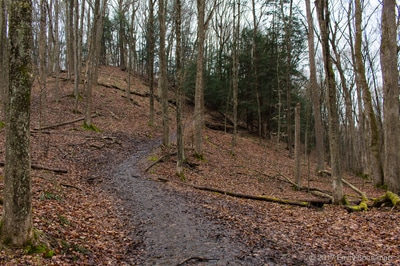
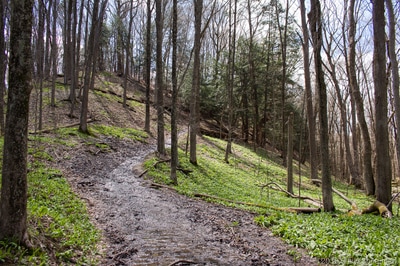
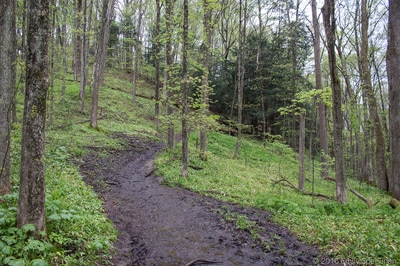


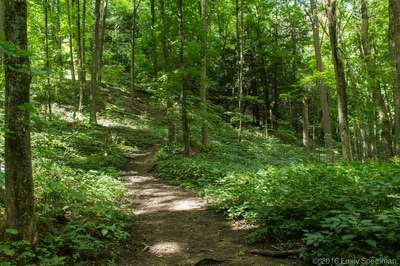






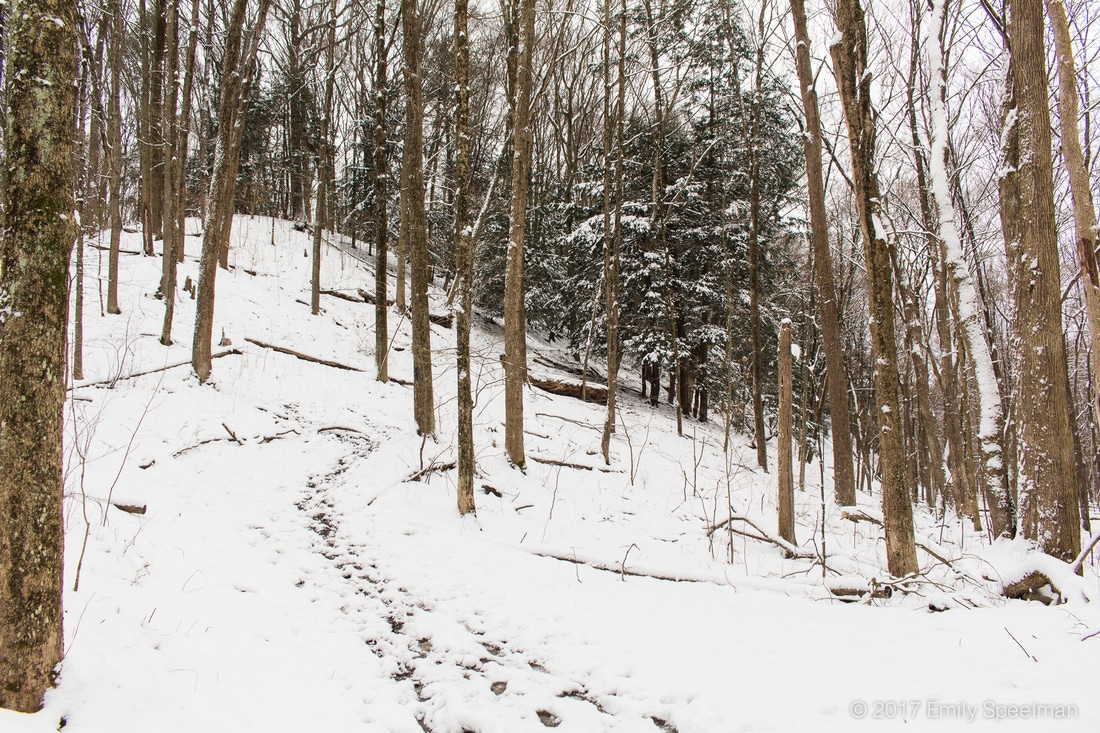
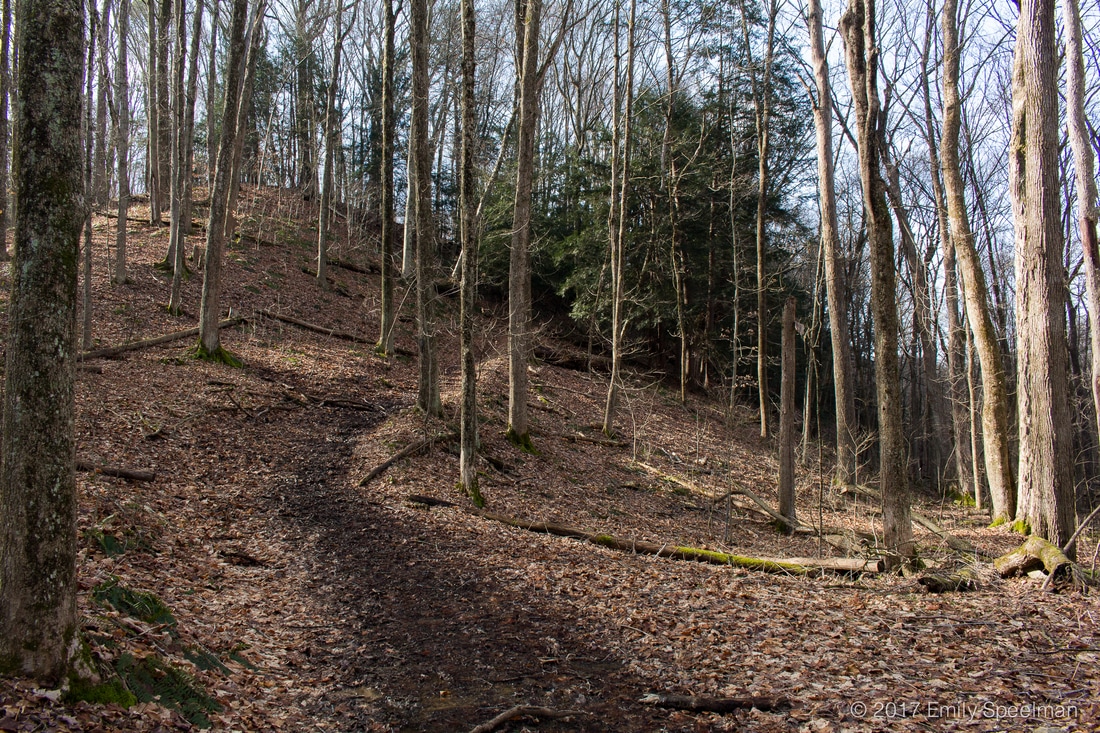




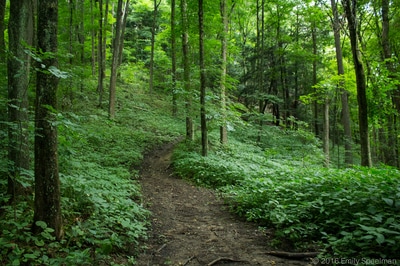






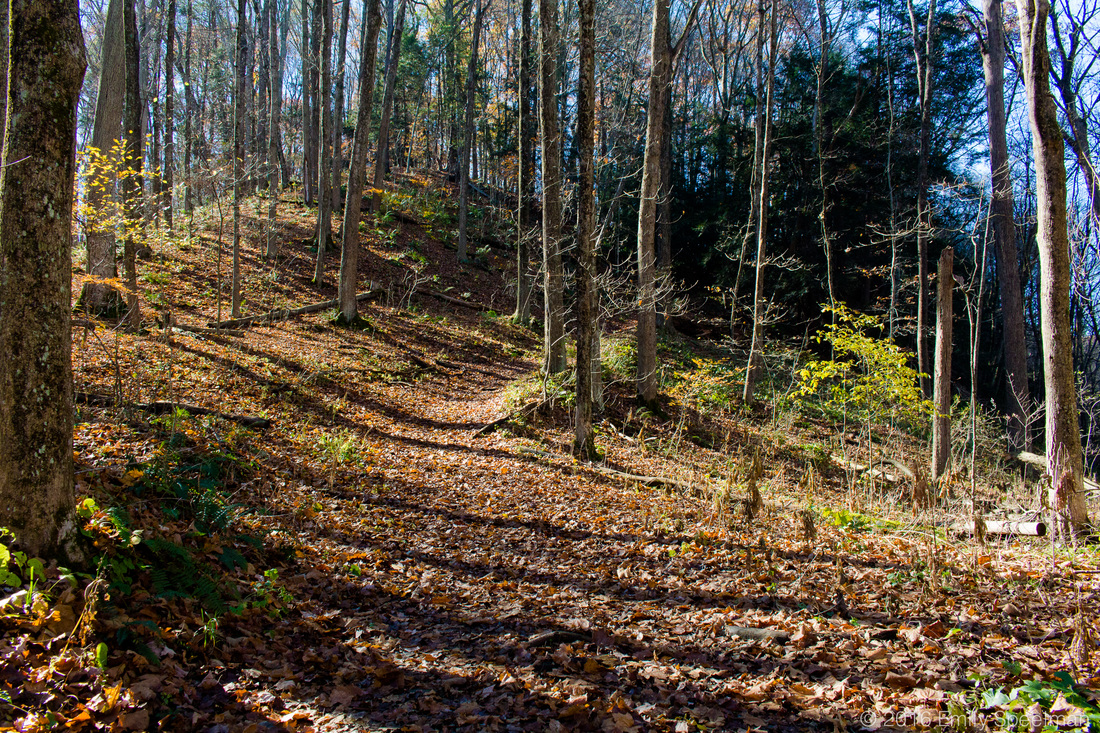

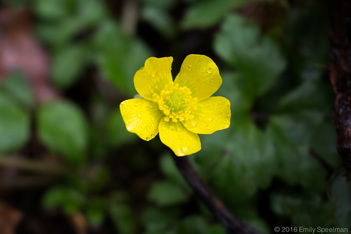


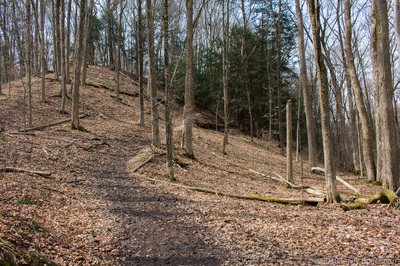
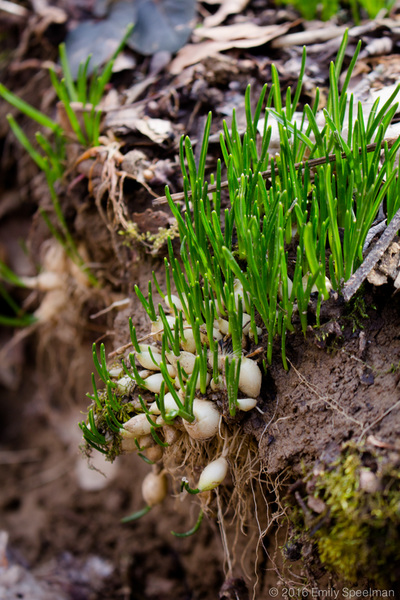
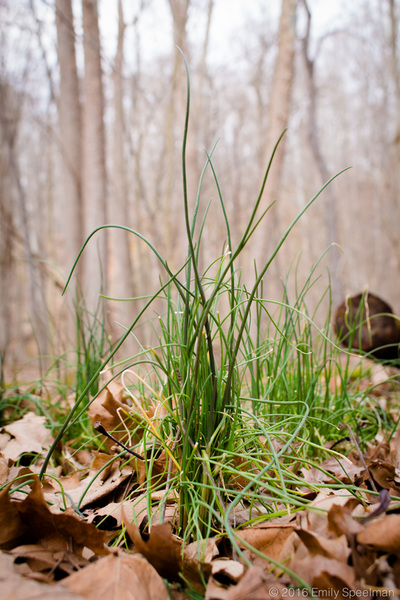

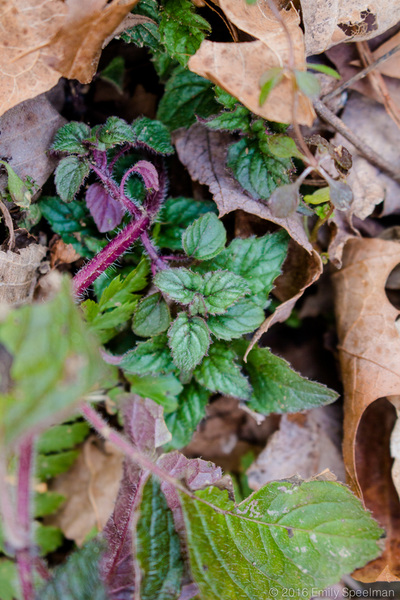
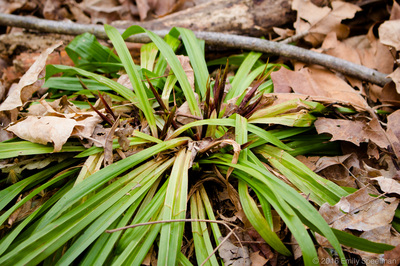
 RSS Feed
RSS Feed